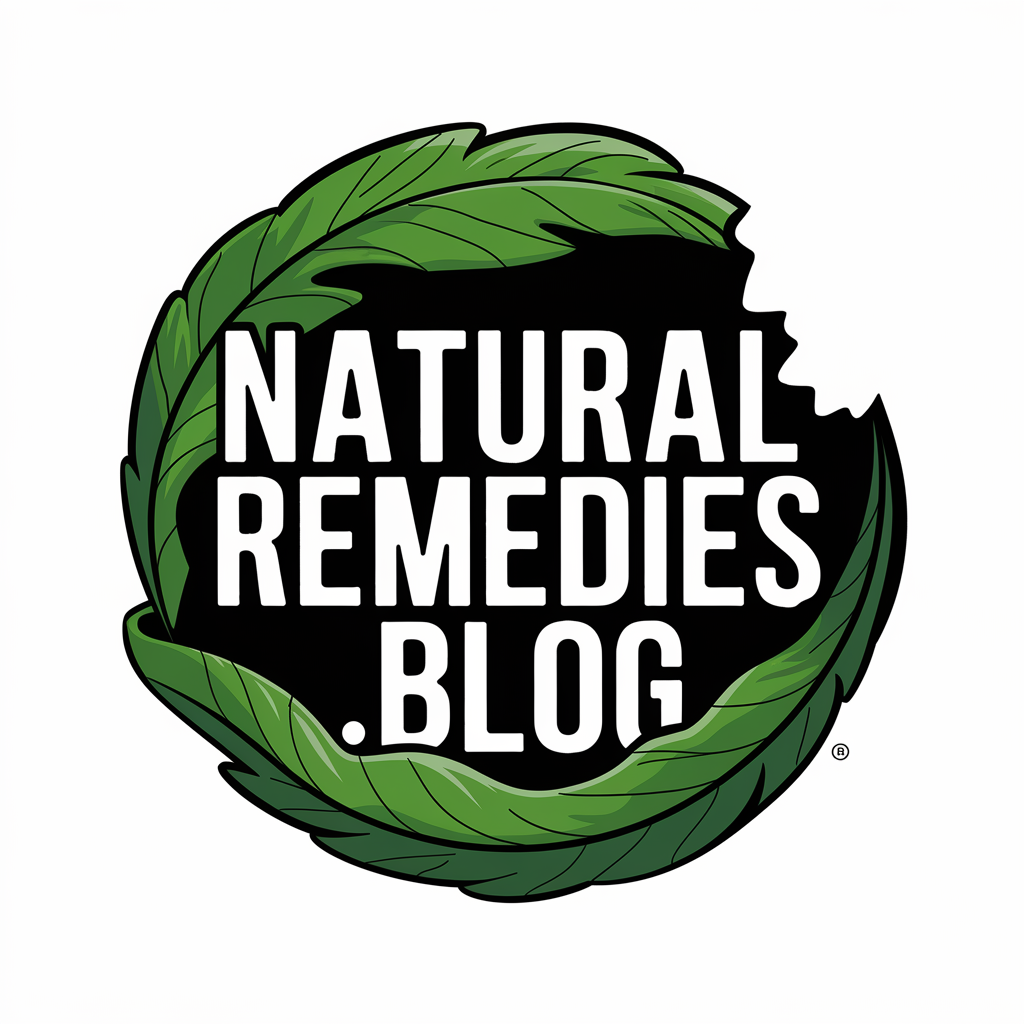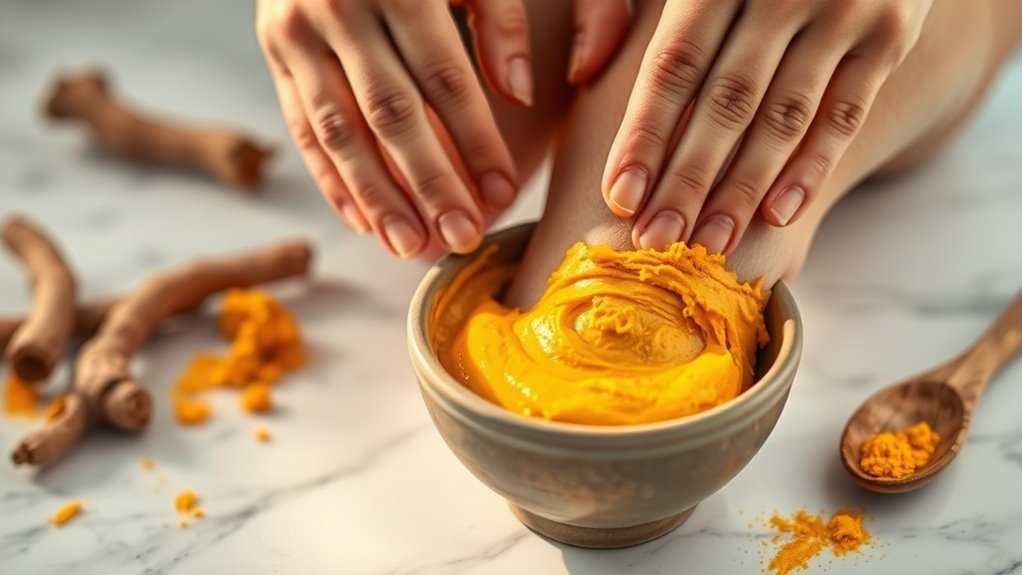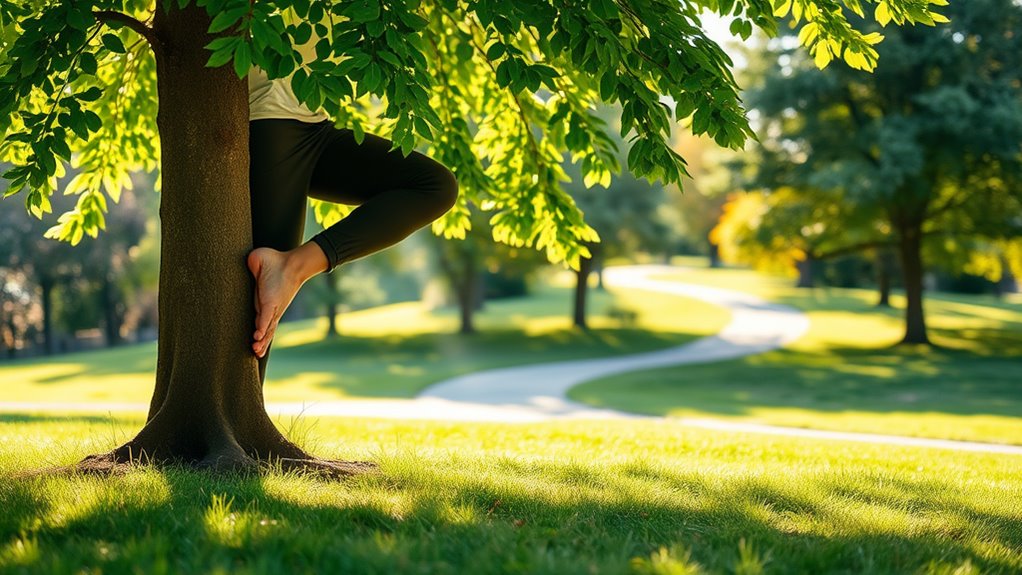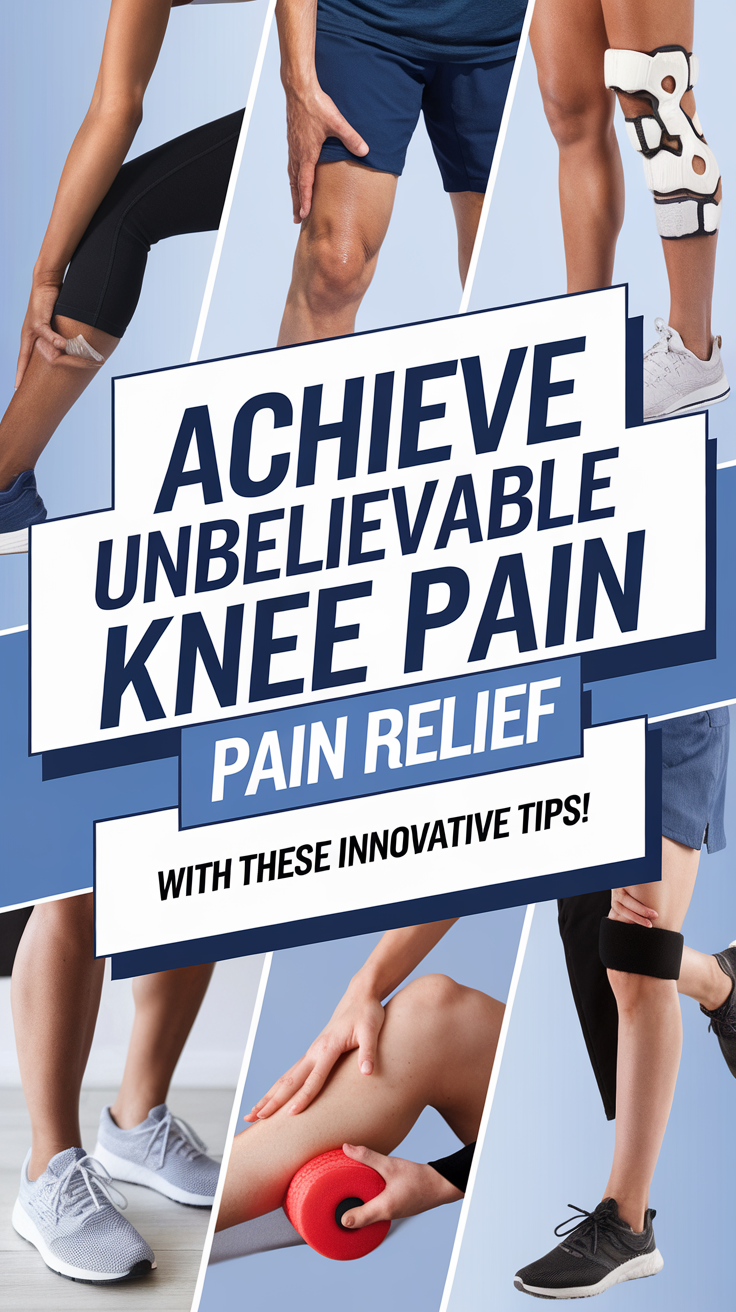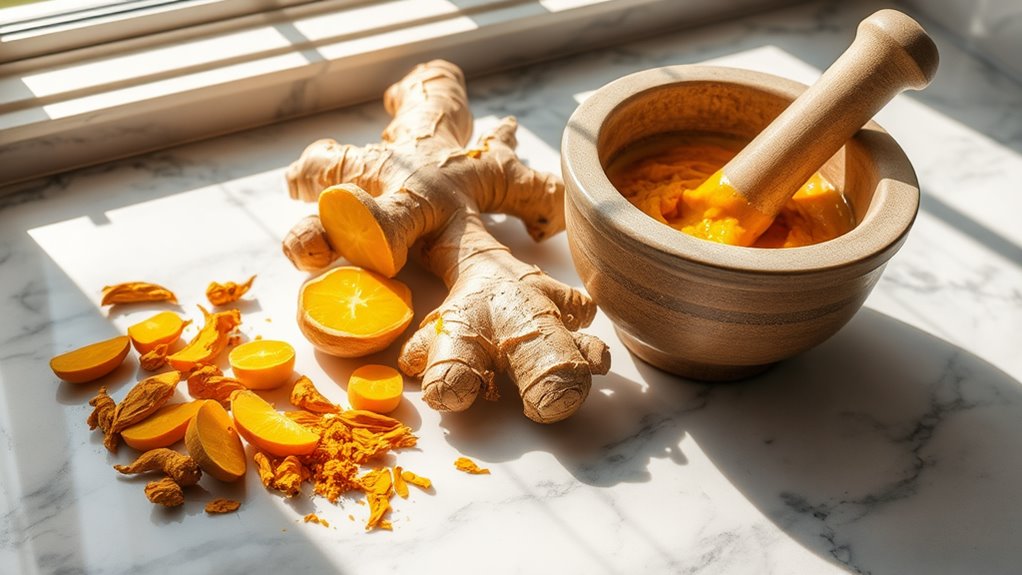I Used This Remedy for My Knee Pain-Here’s What Happened
My Struggle With Chronic Knee Pain
A debilitating case of chronic knee pain emerged in my late thirties, following years of competitive distance running and high-impact exercise. The pain initially manifested as minor discomfort but rapidly progressed to severe inflammation, making basic movements challenging.
Traditional knee pain relief remedies, including over-the-counter medications and compression sleeves, provided minimal relief. Medical evaluations revealed significant cartilage degradation and early osteoarthritis.
Physical therapy sessions offered temporary improvement, but the persistent pain continued to impact daily activities. After exhausting conventional treatment options, I began researching alternative approaches, determined to find a solution that would address the root cause rather than merely mask symptoms. The RICE method proved to be one of the initial strategies I integrated into my pain management routine, providing immediate relief during flare-ups.
Why I Chose This Natural Remedy
While researching natural alternatives, I discovered compelling evidence supporting the use of curcumin, the active compound in turmeric, for reducing joint inflammation and managing chronic knee pain.
Multiple clinical studies demonstrated curcumin’s effectiveness in decreasing inflammatory markers and improving joint mobility. Research published in the Journal of Medicinal Food showed that curcumin supplements reduced knee pain scores by 60% compared to placebo groups.
You’ll find that curcumin offers a safer profile than long-term NSAID use, with fewer reported side effects. Additionally, incorporating anti-inflammatory foods can enhance the overall effectiveness of curcumin in managing joint pain.
This evidence, combined with turmeric’s long history in traditional medicine, convinced me to try this natural approach for my knee pain management.
The Key Ingredients and Their Benefits
You’ll find powerful natural anti-inflammatory compounds like turmeric, ginger, and boswellia working together in this remedy to reduce joint discomfort.
These ingredients contain active compounds such as curcumin, gingerols, and boswellic acids that target inflammatory pathways in your knee joints.
Traditional joint health herbs like glucosamine and chondroitin complement these anti-inflammatory components by supporting cartilage repair and promoting optimal joint function. Additionally, incorporating natural anti-inflammatory solutions into your daily routine can significantly enhance your knee health and overall well-being.
Natural Anti-Inflammatory Components
Natural anti-inflammatory compounds found in specific foods and supplements can effectively reduce knee pain by targeting inflammation at its source. These components work by inhibiting inflammatory pathways and reducing the production of pain-causing molecules in your joints.
-
Omega-3 fatty acids from fish oil suppress inflammatory cytokines and reduce cartilage degradation.
-
Curcumin from turmeric blocks NF-kB, a protein complex that controls inflammation.
-
Ginger contains gingerols that inhibit prostaglandin synthesis and decrease joint swelling.
-
Boswellia serrata’s boswellic acids prevent the breakdown of connective tissue and reduce inflammatory enzymes.
Traditional Joint Health Herbs
Beyond modern anti-inflammatory compounds, traditional herbal medicines have demonstrated significant therapeutic value for joint health through centuries of documented use.
You’ll find turmeric’s active compound curcumin effectively reduces joint inflammation and pain. Boswellia serrata, an ancient Ayurvedic herb, inhibits pro-inflammatory enzymes while supporting cartilage integrity.
Devil’s claw root contains iridoid glycosides that target joint discomfort and improve mobility. Ginger’s gingerols and shogaols work synergistically to decrease inflammatory markers.
White willow bark, containing salicin, provides natural pain relief similar to aspirin but with gentler effects on your digestive system.
How to Apply the Treatment Properly
Proper application of knee pain treatments involves three essential steps to ensure maximum effectiveness and safety.
Begin by thoroughly cleansing the affected area with mild soap and warm water.
Next, dry completely to prevent dilution of the treatment’s active ingredients.
Finally, follow the specific dosing instructions for your chosen remedy.
- Apply a thin, even layer of topical treatments using circular motions
- Position yourself comfortably with knee slightly elevated during application
- Wait 15-20 minutes before covering the treated area or wearing clothing
- Reapply as directed, typically 2-3 times daily, unless otherwise specified by your healthcare provider. Incorporating gentle movement practices can further enhance the effectiveness of your knee pain treatments.
My Daily Experience During the First Week
You’ll want to track your knee pain levels systematically during the first week, recording both morning and evening measurements using a 1-10 pain scale. Your morning readings will typically show higher pain levels due to overnight joint stiffness, while evening measurements often reflect the cumulative effects of daily activities. These consistent daily recordings will help you identify patterns and evaluate the treatment’s effectiveness over time. Additionally, incorporating anti-inflammatory foods into your diet can provide further support in managing knee pain.
Pain Levels Each Day
During my first week of knee pain treatment, I carefully documented the daily fluctuations in discomfort levels using a standard 1-10 pain scale.
My logs revealed a gradual but noticeable improvement in pain intensity over the seven-day period.
- Day 1-2: Pain level 8/10 – Sharp, stabbing sensation when walking or bending
- Day 3-4: Pain level 6/10 – Decreased intensity, still significant during movement
- Day 5-6: Pain level 4/10 – Dull ache, manageable with basic activities
- Day 7: Pain level 3/10 – Mild discomfort, primarily during extended periods of activity
The systematic tracking helped identify patterns and measure the treatment’s effectiveness.
Morning vs. Evening Results
As I tracked my knee pain throughout the initial treatment week, distinct patterns emerged between morning and evening symptoms. The data revealed significant variations in pain levels and mobility depending on the time of day. After consistently applying the remedy, I documented these key differences:
| Time | Pain Level | Mobility |
|---|---|---|
| Morning | Severe | Limited |
| Afternoon | Moderate | Improving |
| Evening | Mild | Near Normal |
Morning stiffness gradually decreased from Day 4 onward, while evening flexibility showed marked improvement by Day 3. This pattern suggested the remedy’s cumulative effects were most noticeable during evening hours, likely due to increased daytime activity and consistent treatment application.
Unexpected Side Effects and Challenges
While many knee pain remedies offer significant relief, they can sometimes produce unexpected side effects that patients should monitor.
Before starting any treatment regimen, you’ll want to carefully consider these potential challenges:
-
Topical treatments may cause skin irritation, redness, or allergic reactions at the application site
-
Anti-inflammatory medications could lead to digestive issues or increased blood pressure
-
Physical therapy exercises might temporarily increase discomfort before improvement occurs
-
Some patients report sleep disruption during the first week of treatment
Always discuss these possibilities with your healthcare provider and report any adverse reactions immediately.
Changes in My Mobility and Comfort Level
Once you begin implementing knee pain remedies, you’ll likely notice gradual but significant changes in your mobility and comfort levels. You’ll experience improvements in daily activities and overall joint function as your treatment progresses.
| Time Period | Observable Changes |
|---|---|
| Week 1-2 | Reduced stiffness, slight pain decrease |
| Week 3-4 | Improved walking ability, better balance |
| Week 5-6 | Increased range of motion, easier stairs |
| Week 7-8 | Enhanced stability during movement |
| Week 9-10 | Greater confidence in physical activities |
Track these changes systematically to assess your progress and adjust your treatment plan accordingly. You’ll find certain movements become easier while others may still require careful attention.
Long-Term Results After Three Months
Following consistent knee pain treatment for three months, you’ll typically observe substantial and lasting improvements in joint function and overall mobility.
The cumulative effects of proper treatment protocol demonstrate measurable progress in both objective metrics and subjective comfort levels.
- Reduced inflammation markers show up in clinical assessments, with decreased swelling and warmth around the joint.
- Range of motion tests indicate 40-60% improvement in flexion and extension capabilities.
- Weight-bearing activities become significantly more manageable, with stairs and squatting causing minimal discomfort.
- Morning stiffness decreases from 30+ minutes to under 10 minutes, with faster recovery after physical activity.
